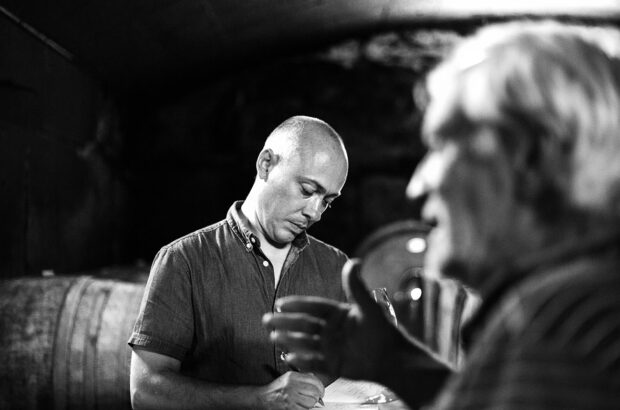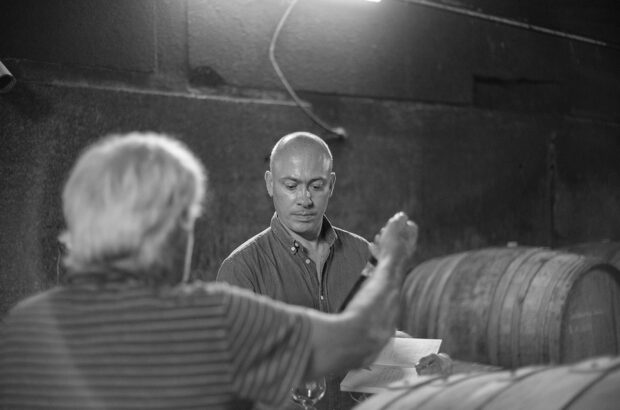Read part two of our special four part insight into the Mondavi legacy, looking back over four generations worth of winemaking and the events that bought the family's Californian wines to international acclaim.
The Charles Krug Estate (Image credit: CharlesKrug.com
When the war ended, Peter, Robert’s younger brother, joined Robert at the winery. He brought more extensive winemaking skills acquired and developed during his years at U.C.Davis. While there, he had worked, in particular, on researching the benefits of cold fermentation, a new phenomenon in California. And he used what he had learned to great effect at Charles Krug.
Thanks to the brothers’ combined, complementary skills, Krug quickly gained recognition for the quality of its table wines at a time when most California wineries were emphasising sweet fortified products – pseudo ports and sherries – in which mistakes in the vineyard and flaws in wine making were easily disguised.
When Consumer Reports gave its first ever evaluation of quality California table wines in 1956, the Charles Krug winery had more recommendations for its wines than any other.
I have a note of tasting the Charles Krug Cabernet Sauvignon 1956 at a dinner party in 1979. After more than 20 years, its fruit was still persistent and its finish softly appealing. A Louis Martini 1951 that followed seemed at first austere in comparison.
That 1956 Cabernet Sauvignon was probably made from, grapes grown on the To Kalon vineyard at Oakville, just south of St. Helena.
To Kalon, a prized site at the heart of Napa Valley, had been planted originally in the 1870s, and from the beginning its wines had had a high reputation. Its red wine, in particular – sold under the generic name of Burgundy, as was the custom at the time – was recognised as one of the best produced in the valley.
No one then spoke of terroir or associated any particular vineyard with specific characteristics. But everyone recognised the quality of To Kalon wines.
After changes of ownership – and probably changes of variety to suit the need for ‘shipping’ grapes during Prohibition – a new owner had replanted To Kalon in the 1940s, introducing there French varieties, particularly Cabernet Sauvignon, and also Sauvignon Blanc.
The Mondavis at Charles Krug had begun buying To Kalon Cabernet Sauvignon since well before making that 1956 I had tasted. In 1962 they seized an opportunity they were given to buy 500 acres of the estate and the combination of Mondavi skills with the fruit of this special site gave further impetus to the brothers’ growing reputation.
See more:
The Mondavis: A Napa Valley Dynasty: Part 1
The Mondavis: A Napa Valley Dynasty: Part 3
The Mondavis: A Napa Valley Dynasty: Part 4
Written by Gerald Asher







